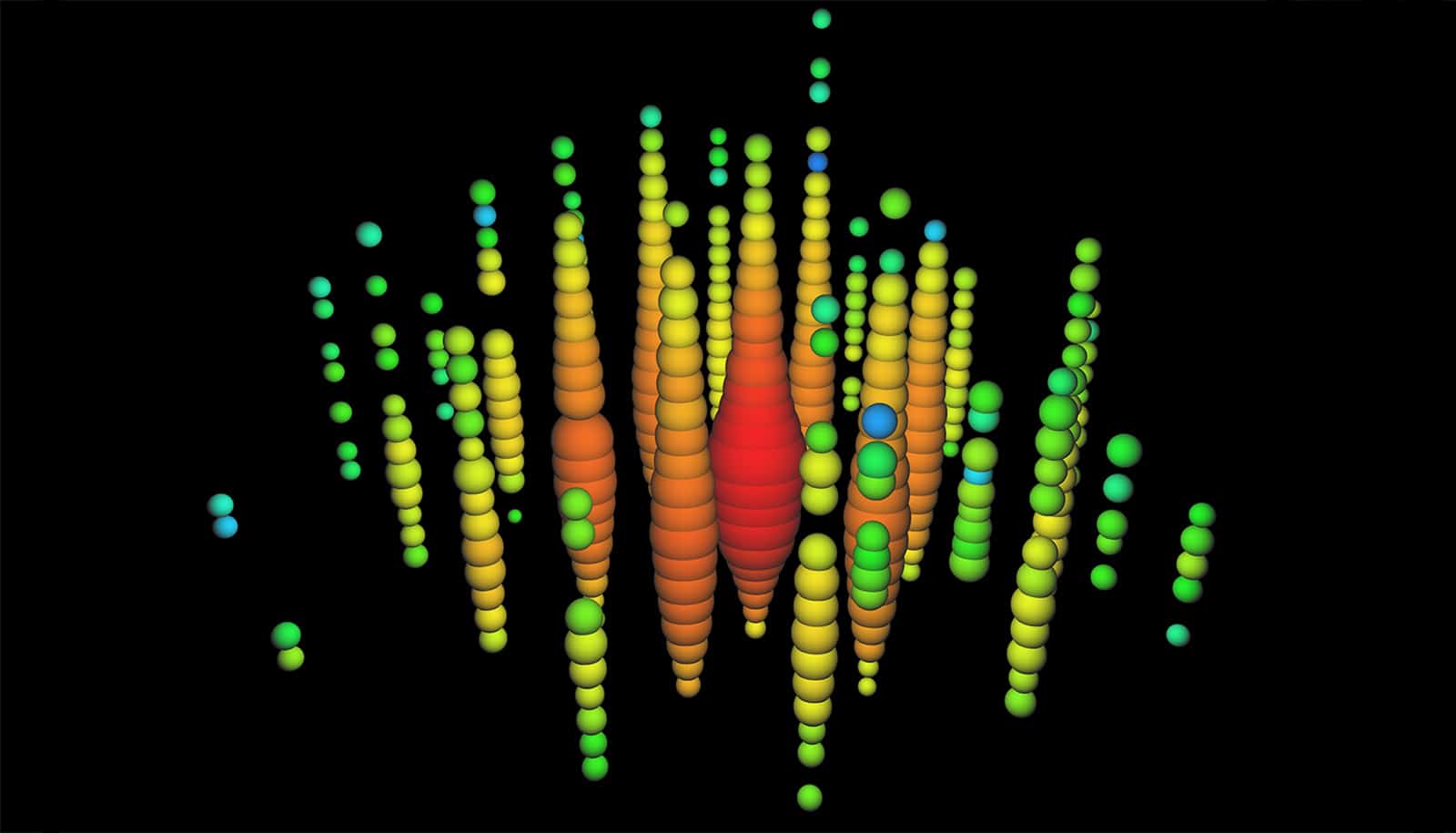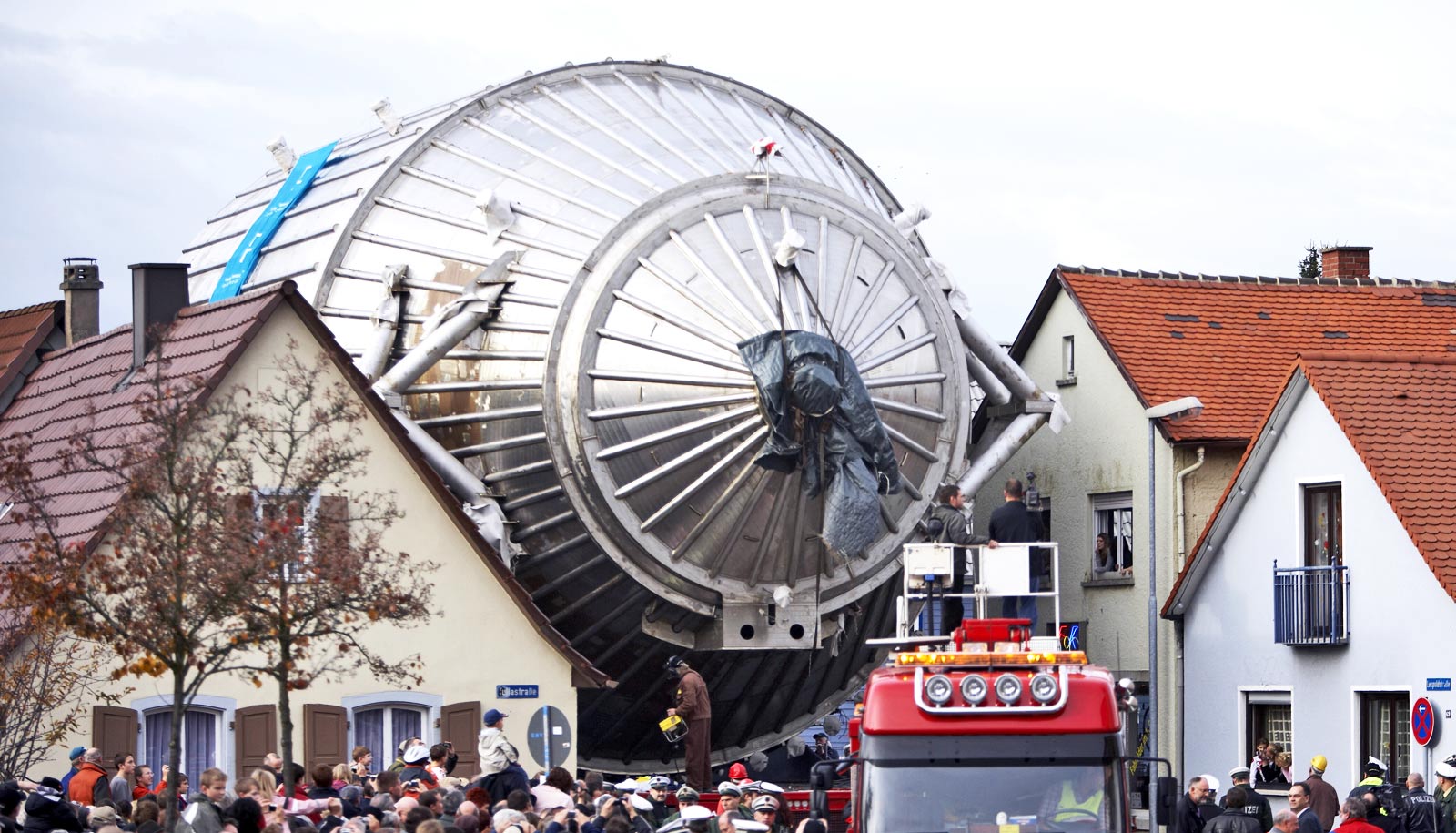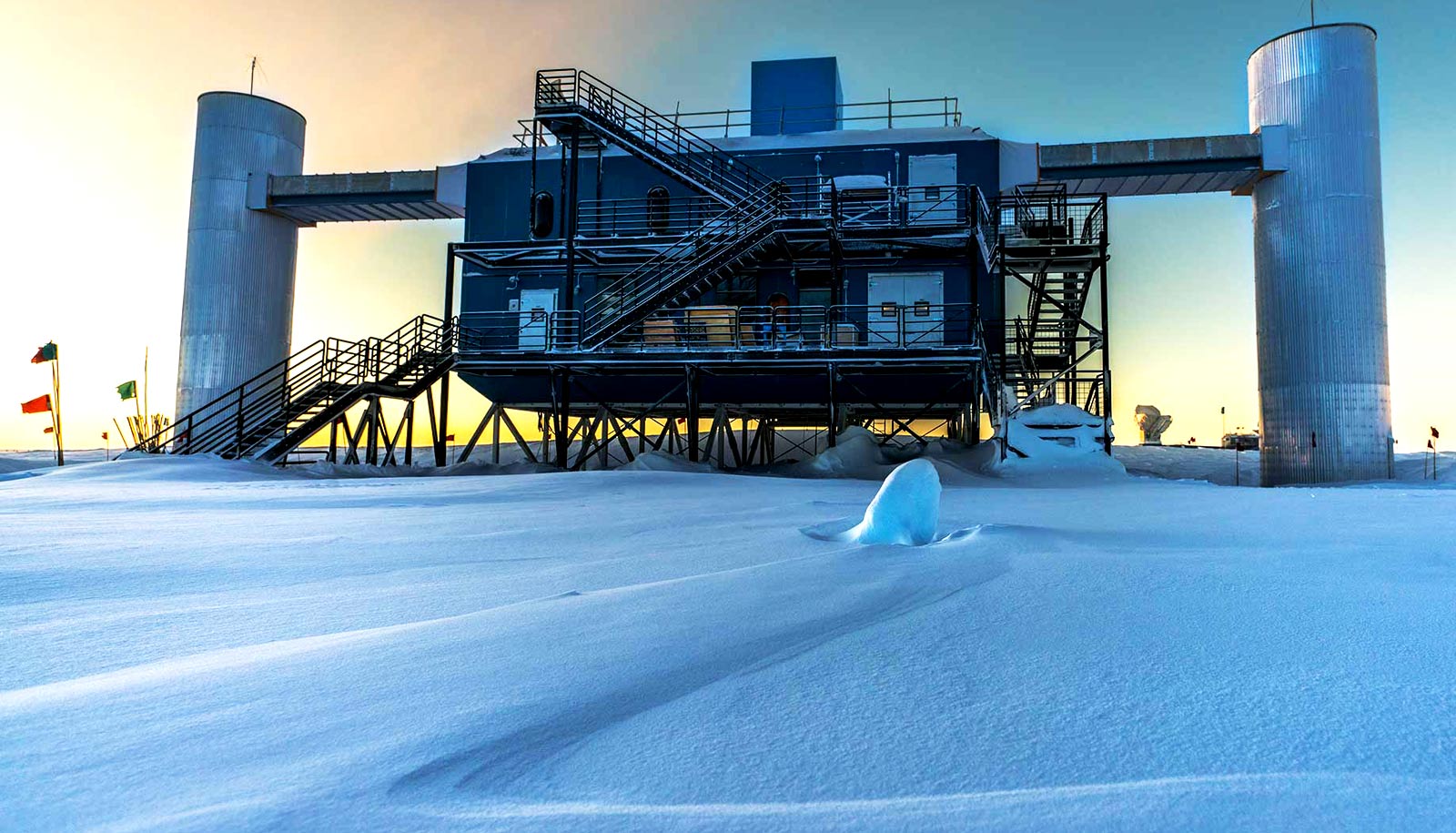Researchers have detected the presence of a high-energy neutrino—a particularly elusive particle—in the wake of a star’s destruction as a black hole consumed it.
This discovery, reported in the journal Nature Astronomy, sheds new light on the origins of ultrahigh energy cosmic rays—the highest energy particles in the universe.
“This suggests these star shredding events are powerful enough to accelerate high-energy particles.”
The work focused on neutrinos—subatomic particles that are produced on Earth only in powerful accelerators.
Neutrinos—as well as the process of their creation—are hard to detect, making their discovery, along with that of ultrahigh energy cosmic rays (UHECRs), noteworthy.
“The origin of cosmic high-energy neutrinos is unknown, primarily because they are notoriously hard to pin down,” explains Sjoert van Velzen, one of the paper’s lead authors and a postdoctoral fellow in New York University’s physics department at the time of the discovery. “This result would be only the second time high-energy neutrinos have been traced back to their source.”
Previous research by van Velzen, now at Leiden University in the Netherlands, and NYU physicist Glennys Farrar, a coauthor of the new paper, found some of the earliest evidence of black holes destroying stars in what are now known as tidal disruption events (TDEs). These findings set the stage for determining if TDEs could be responsible for producing UHECRs. The new research offered support for this conclusion.
Previously, the IceCube Neutrino Observatory, a National Science Foundation-backed detector located in the South Pole, reported the detection of a neutrino, whose path was later traced by the Zwicky Transient Facility at Caltech’s Palomar Observatory.
Specifically, its measurements showed a spatial coincidence of a high-energy neutrino and light emitted after a TDE—a star consumed by a black hole.
“This suggests these star shredding events are powerful enough to accelerate high-energy particles,” van Velzen explains.
“Discovering neutrinos associated with TDEs is a breakthrough in understanding the origin of the high-energy astrophysical neutrinos identified by the IceCube detector at the South Pole whose sources have so far been elusive,” adds Farrar, who proposed in a 2009 paper that UHECRs could be accelerated in TDEs. “The neutrino-TDE coincidence also sheds light on a decades old problem: the origin of ultrahigh energy cosmic rays.”
The National Science Foundation funded the work.
Source: NYU



